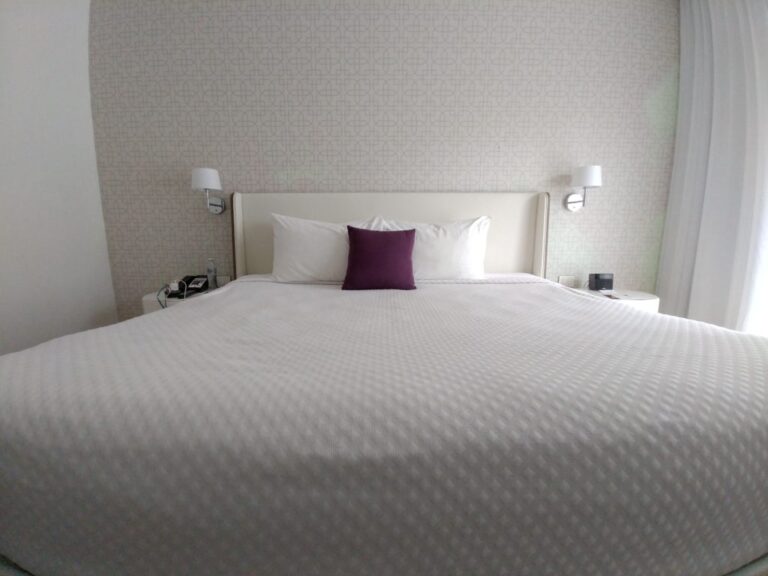This is a story from my 2013 Egypt trip. It’s one of those incredible experiences that may only happen once in a lifetime, and I love sharing it.
Note: I’ve revised an earlier post on a different blog to read a bit better as a stand-alone story rather than one in a series. I have redacted the first and last portions of the original story, as they had nothing to do with the bribery. I have also expanded on the bribery section, as my original post was vague, largely because the entire post was very long, and this was one small portion of a much longer day.
For background, my tour guide for this portion of my trip was named Momen. This was also the portion of the trip where we left the major tourist areas and ventured into the middle of nowhere to view some very specific ruins that I had insisted on seeing. That meant there were no other tourists around. This was a time in Egypt when tourism was extremely low anyway. I didn’t see a single other tourist during the entire day we were in this area of the country until I was at the hotel that evening.
Note: LE stands for Egyptian Pound. The conversion rate was a little different back then, but when this post was written in 2019, 1 Egyptian Pound was worth $0.06.
begin excerpt
The rock-cut tombs at the Beni Hassan archaeological site were up on a cliff. Unsurprisingly, there was no chairlift or elevator. We hiked up a disgustingly long staircase in 95-degree heat, which really sucked, but the tombs at the top were well worth it. We saw another five tombs here [having visited several more earlier in the day. The tombs were very large rooms with some very cool frescos.] The imagery on these was painted, not carved. The images on these tombs are famous because they depict the first instance of wrestling. Momen mentioned something about the depicted moves being identical to WWE wrestling and was shocked that I didn’t watch wrestling in the US–he assumed everyone did.
All five tombs had essentially the same painting: each one depicted daily life in ancient Egypt, showed offerings for the person buried there, had a false door used by the spirit of the deceased to enter into the next life, and had a small shrine that was used by the living to pray to and remember the deceased.
Photography wasn’t allowed in most of the sites. This part of the world still believed that photography would somehow degrade the paintings, and any surfaces with paintings were generally off-limits for photographs.
Momen pulled me aside and whispered that if I wanted to take pictures, I could probably give the two men with us, a tourist police officer and a man with keys, some money, and they would turn their backs. There was a conversation in Arabic between Momen and the policeman. Momen returned to me, and he said that the men were willing to let me take pictures for a cost. I asked him how much I should give them, having absolutely no basis for the appropriate offer to an Egyptian policeman to turn his back on a minor infraction. Momen shrugged and told me that about 15LE should be fine. I’m sure this had been part of his discussion with the men, but regardless, I handed each of them 15 LE, and they stepped outside of the tomb while I took pictures.
Based on our current conversion ratio, I paid these policemen $0.90 each, a staggeringly low amount, for them to allow me to break a local law and take pictures inside an ancient Egyptian tomb. It made me wonder what other illegal acts tourists get away with for larger amounts of money. Hell, for $20, I probably could have chipped off some paint and taken it home.
But there it was, I’d bribed a policeman. I had read about this in some of my books, so I wasn’t surprised by it, but when it actually happened, I was certainly nervous and excited by getting to participate in this kind of custom, or whatever you’d call it. In the end, I was able to get some pictures of the inside of a tomb, and I got to say I bribed a policeman.
end excerpt
And, of course, here is one of the pictures I took.








